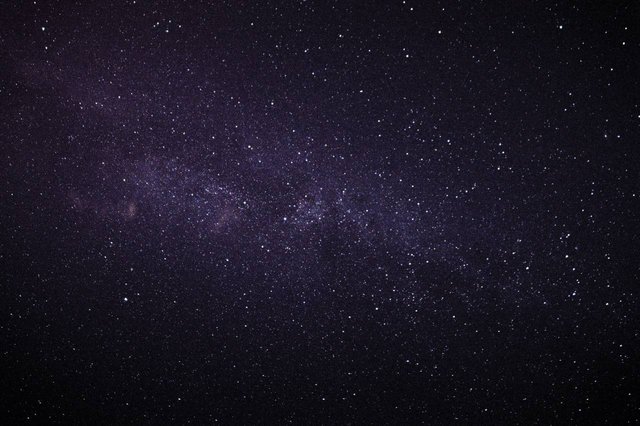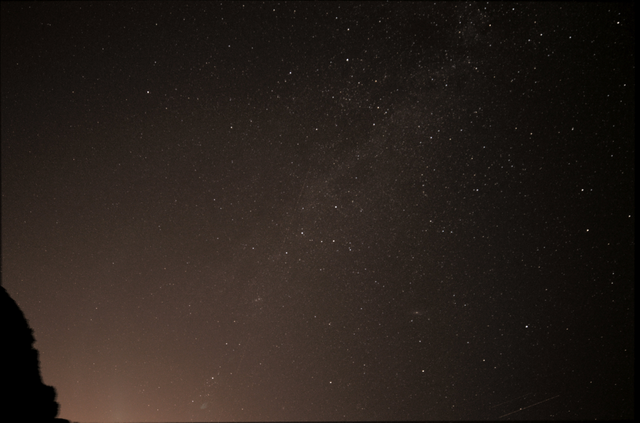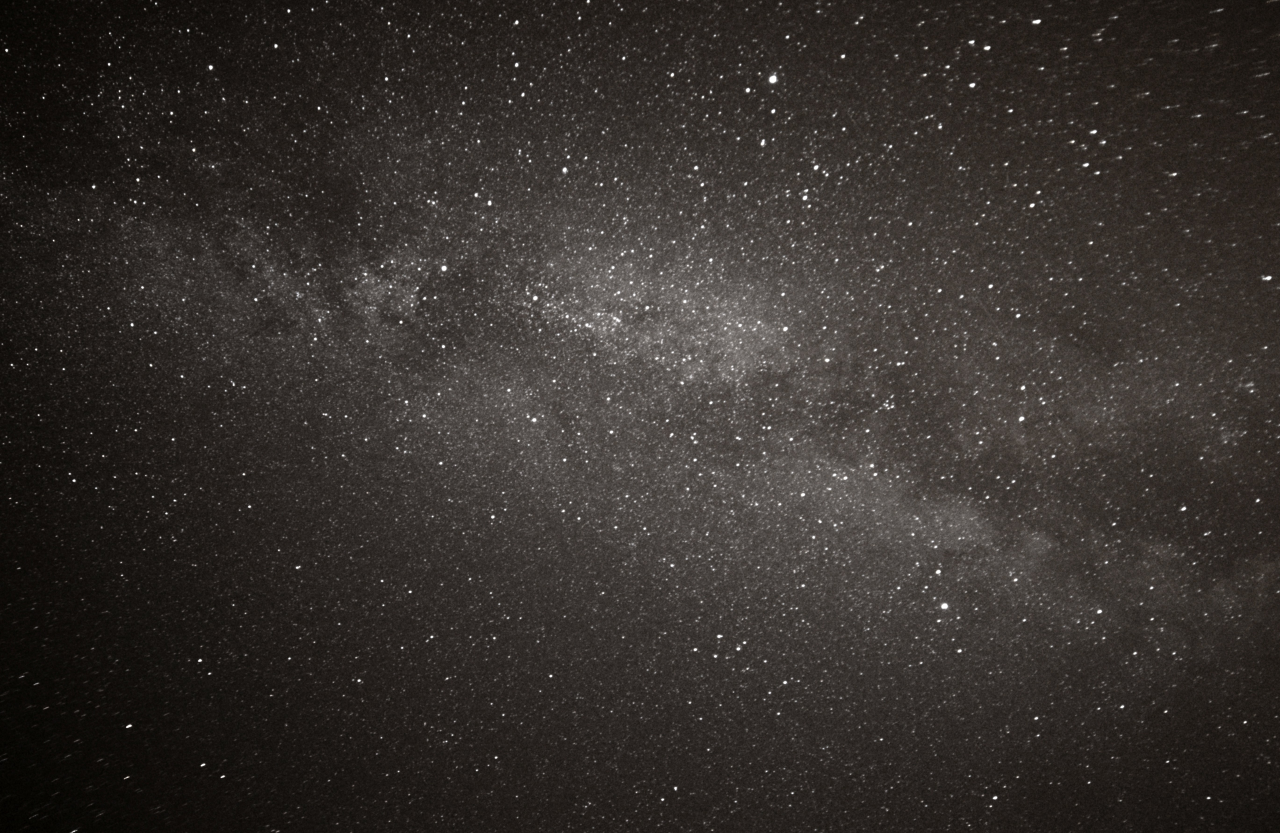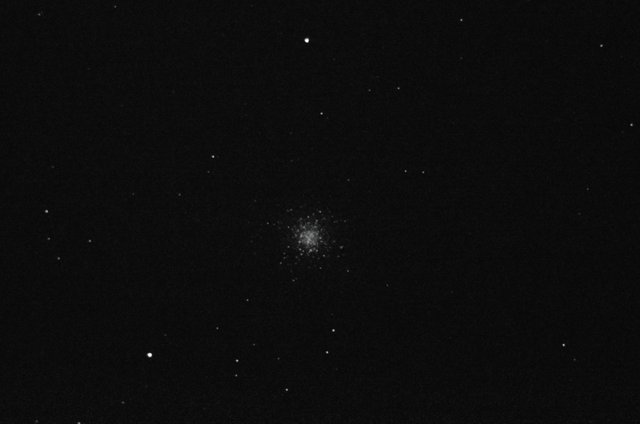Astrophotography by Outerground - DSLR only (A Guide to Photographing the Stars & Other planetary bodies)
Astrophotography (An introduction to Star Photography)
If you have a DSLR and a tripod, you can have a go at photographing the stars right away. (weather permitting) Warning: you might get a bit obessed with it ;)
As a small child I was awestruck by my first visit to a planetarium. Like many small children I had a fascination with all things space and when I first saw the sky full of stars on a dark night away from the city I was literally blown away. My interest in Astro-photography blossomed much later. I had bought a small Dobsonian Telescope for my Brother and through it we saw Jupiter and four of it's moon's strung out like pearls across it's orbit. I took a photo down the lens with my phone and obtained my first real astrophotograph, although technically it's a planet and moons.
Eggstronomy
Since then, my friends and I got deeper and deeper into the night sky and formed a group called Eggstronomy. It was our own astronomy club which often took place in a de-regulated Thursday night games night slot. Controversial, as that's the night we've had for about 10 years when we eat haribo sweets, too many corn snacks and play ferocious rounds of carcassone, power grid, K2 and many other fiendish board games fuelled by tea and additional cakes or biscuits, sometimes with a fish and chip booster supper. Serious stuff. Anyway, Eggstronomy has grown over the years with a deepening interest in deep sky objects, mainly from the Messier catalogue. Weather is one of the biggest challenges, plus it can be very late into the night and it gets cold out there (here). Luckily you can now remotely control most telescopes from the warm indoors through a laptop or tablet !
DSLR only
We also capture imagery using just a DSLR, (no telescope) when one of us is on travel mode. (Anywhere outside of the city where we might get a dark sky,) although I have had some interesting results from central London. I have a south facing view with about 150 degree of sky and on really good nights I can see Andromeda, the Pleiades and other magical sky sights in additional to watching fantastic views of the moon and the planets in conjunction as they cross the sky by night. I got really interested in DSLR only photography of the night sky for the simplicity of set up and challenge of actually managing to photograph anything at all.
Gallery of the Galaxy
Here's a selection of my DSLR night sky images. I will try and explain them as best as I can. If you have a DSLR and tripod and are interested in having a go there are tons of resources online and I will try and answer any questions you have. I will pop a link list together at the bottom of this post.

- Gibbous Moon from Central London. This nearly full moon with tantalising horizon shadow (dark segment) was taken from my roof terrace with a 300mm manual lens. I worked out over many shots that an exposure of about 1/125th worked with the aperture towards the tighter end. ISO 100 using a remote timer / 10 second delay to minimise barrel wobble on the long lens. Striking features of this shot are the impact craters and trails which are rendered in fine detail at this focal length

- The Milky Way from Medneham. I was on my stag do and we were camping in a field near the River Thames. It was more fun than it sounds. There were 20 of us and we had 3 boats and a kayak, fishing gear and lots of Sailors rum. I literally put the camera on it's back on a piece of tarpaulin and using my new 14mm wide angle lens, guessed at where the centre of the Milky Way would be visible. I kind of knew from experience but this was a lucky shot. a single 15 second exposure at f 2.8 with ISO of 200.

- Shooting Star from the Perseids This is from my roof terrace and is a lucky strike with a shooting star right overhead. I have processed this image to within an inch of it's life to bring out the shooting star, not something I would normally do, but with Astrophotography there can be a lot of processing to make an image come to life, including software stacking..

- This single exposure from the Sea wall at Teignmouth (not quite as pitch black as I'd hoped) was an attempt to capture Andromeda, our nearest neighbouring galaxy. Similar to our own it's a staggering 2.5million light years away. Taking into account EVERY star we can see in the sky with our eyes exists in our galaxy, it's pretty awesome. We can of course see a few other galaxies and nebula with our naked eye, like the Nebuale which forms Orion's Sword. What's lovely about this shot is we can see through the centre of the Milky Way as it tails off towards the horizon and we can see Andromeda in the bottom right. This 10 second exposure also captured a couple of night flights as streaks.

- This image from Teignmouth comes from the same spot, except now we are looking straight up into the heart of the Milky Way. You can imagine my glee when I saw galactic dust and the uncountable stars in the shot. This one is a stack. I have taken repeated shots (And some dark with the lens cap on) and then processed the images through DEEP SKY STACKER (free software, link at bottom) which removes the noise from the chip by adding the dark shots. It then calibrates the movement of the sky and adjusts the shots, lines them up and amplifies the signal. It can then be processed using linear curves and finally a tweak as a high res tiff. All shots are taken RAW file

- Globular Cluster in Hercules - 25 frame stack. This globular cluster of stars makes for an interesting shot and shows how stacking can bring out very faint image data by additive processing. It also shows the limitations of photographing deep sky objects without a telescope. This region of the sky must be insane if you were actually near to one of those stars. I can't imagine what it must look like from the inside of a star cluster. Although my image is quite crude, a decent telescope image would reveal there about 300,000 stars in this Great Globule of Stars.
Messier 13 (M13), also designated NGC 6205 and sometimes called the Great Globular Cluster in Hercules or the Hercules Globular Cluster, is a globular cluster of about 300,000 stars in the constellation of Hercules. source

- Orion's Sword which is made up by one of the large nebulae (M42) that can be seen with the naked eye (and 3 stars). M42 actually stretches bigger than the moon in the sky but you'd need very dark skies to see that. Processed images bring out some incredible details of the gases and there are some impressive examples on eggstronomy Here I've managed to capture it with clouds in the sky from my roof terrace. The 3 stars of Orion's Belt can be clearly seen in this image and I still find it really weird the way they randomly line up from Earth's Perspective !
Technical
It all gets very technical very quickly and takes a long time to learn. The first couple of season eggstronomy results were pretty limited but as time went on, we all seemed to egg each other on to take better pictures and our collective kit has improved significantly. I use a heavy tripod and auto timer. Other than that I bought a wide angle fast lens at 14mm to capture the galaxy and use the other lenses I have with mixed results. I use a couple of different bodies and some of my favourite shots are of the full or gibbous (nearly full) moon with a 300mm lens.
Stacking
Stacking is a great way to enhance astrophotographs and works well with DSLR only stacks too.
DeepSkyStacker free stacking software - runs nicely on a decent machine, i7 & 16bg RAM /2gb video otherwise it can be really slow but you can just let it run in the background. look at some tutorials first, as there is a shed load of variable data to consider !
Quickstart Guide to Astrophotography A quick start guide to Astrophotography by Jerry Lodriguss. good entry point
Beginners Guide to Astrophotography Kit All you need to know about what you need.
This WOULD BE MY TIP for a great Astro piece of kit - cheap too A remote control timer for taking auto stacks !
and of course last but not least here's the EGGSTRONOMY GALLERY
Very impressive results!
You are a master already, I would hope for such good results myself, with only very ancient (film era) experience.
mmm, just an amateur dipping toes into the wondrous galaxy. when I have some space, I will be installing a big telescope and then I'll have some astrophotography to show off ! (Thanks though, kind words.. you can do amazing astro with a film camera) the astronomers used to !
Beautiful @outerground. This must go to the DPS 😊
Thanks @lighteye that was hard to write.. there's so much information in my brain about astrophotography, it's difficult to know where to begin ! so I used the photos as a guide. very glad you like it !!
Beautiful. I love the shooting star one.
Thanks Team, one of only about ... (two) shooting star photos I managed to take ! make a wish, and don't tell anyone
Excellent tutorial on astrophotography @outerground. It's good to know it will stay forever on blockchain 😊 Upvoted, resteemed & DPS.
I'm no Dr Chris Lintott but I do love the stars and it's about as close as I'm ever getting (I think), Thanks for the vote of stellar confidence ;)
bonus pic of Orion's belt
Great article. Recently, I also posted some photos of southern sky I took in New Zealand
https://steemit.com/cn/@nationalpark/dark-sky-of-tekapo
https://steemit.com/cn/@nationalpark/from-tekapo-to-mount-cook
https://steemit.com/cn/@nationalpark/aurora-australis
They're great, I really love looking at the Pleiades through my binoculars ! & that's a really lovely shot of the milky way..the colours are just magical.Nice one for sharing those on my little astro-post. Upvoted !
Thanks
Follow you @nationalpark.
Thanks. Also follow you
Niiiice! Love this!
you should have a go... tripod point up, 10 seconds @ 14mm ! you'll be amazed at what the camera picks up in 10 seconds that you can't see
Gotta up my lens game and get a tripod first lol but yes I'll post some soon!
look forward to seeing what you capture.. the summer sky has the Milky Way right across the middle of it (you're in the Northern Hemisphere right ?) of course. the San Antonio Skies must be amazing when you get away from the city lights
Very interesting. Will RS, to read it.
Good luck and more good shots!
Thanks ! RS, is the only way to save for later ? .. actually I suppose you could bookmark, doh
I tried my hand at taking a few shots of the moon after reading this!
Results below!
https://steemit.com/photography/@sroka87/the-moon-in-detail-shot-from-the-back-garden
nice one. I'm coming over to this post to comment !
It must be an incredible sight to be near the Globular Cluster in Hercules. Excellent capture @outerground
Thanks, that is indeed a tight crop.. stacking is the way forward. I hope you enjoy your astro-photography journey to the stars !